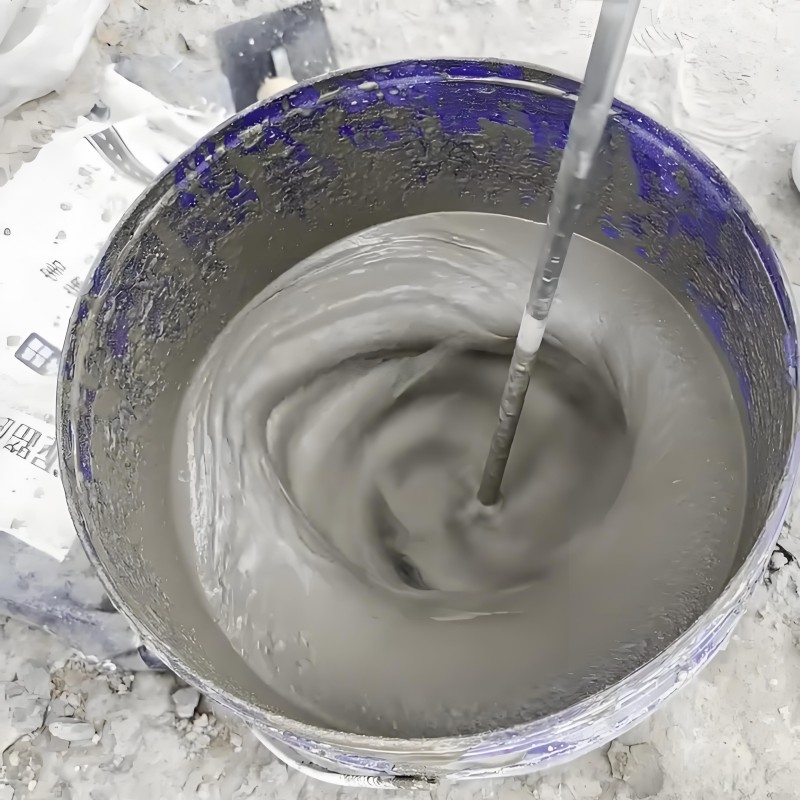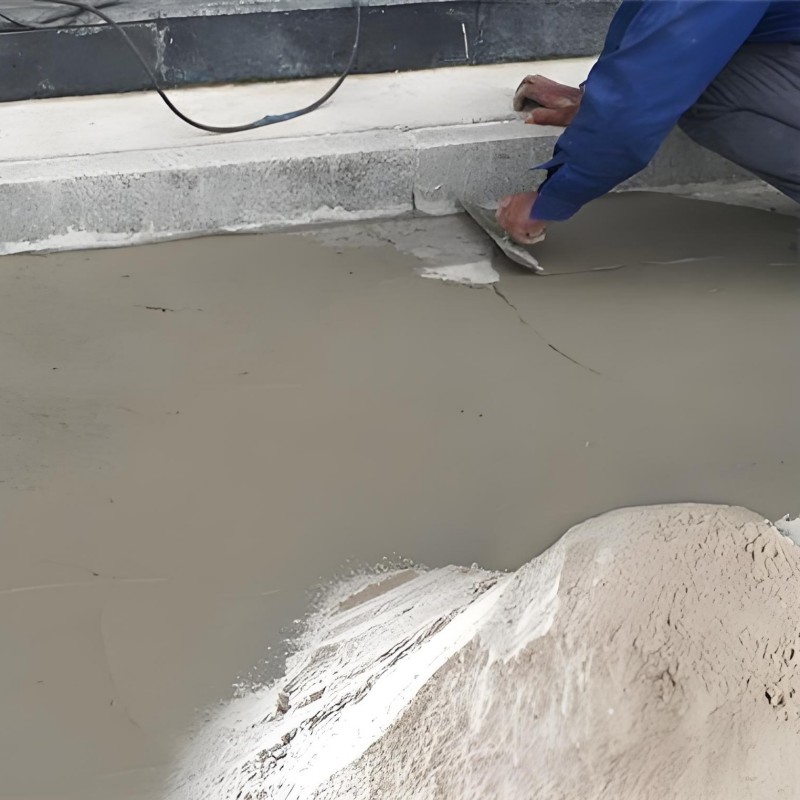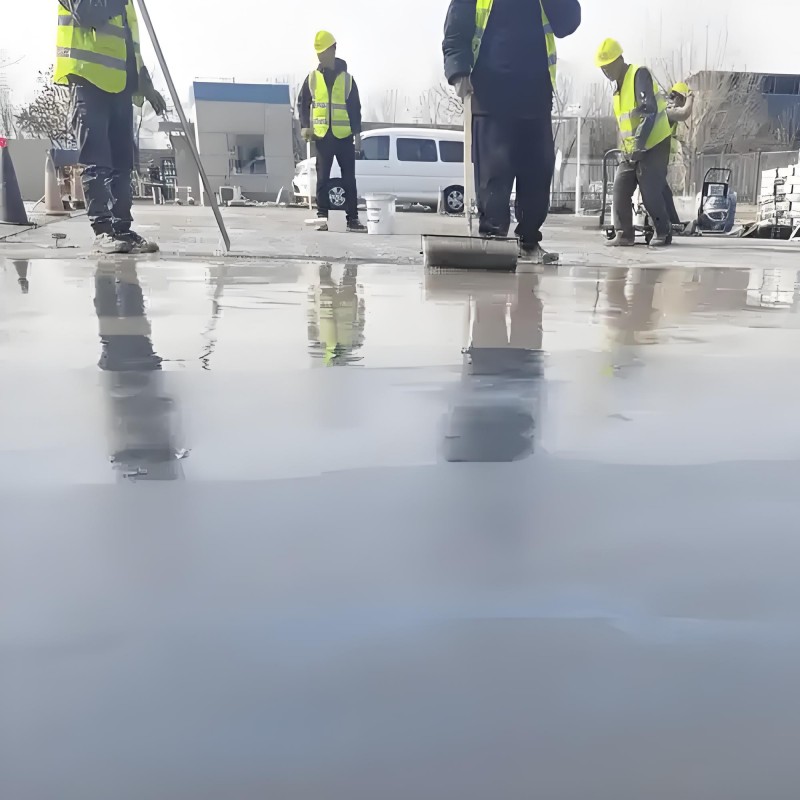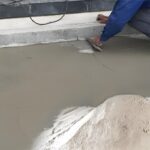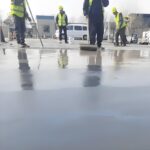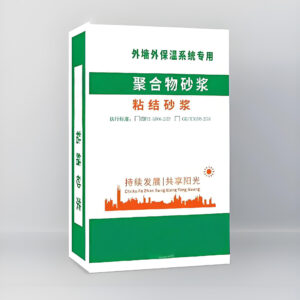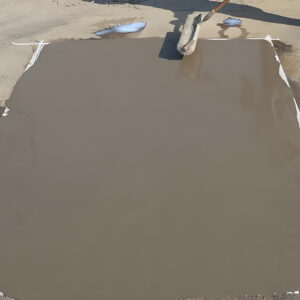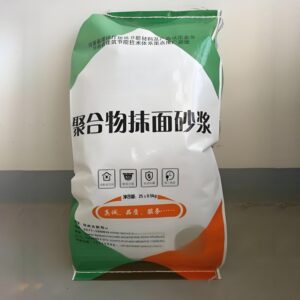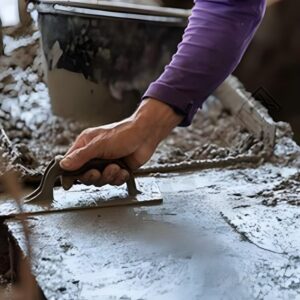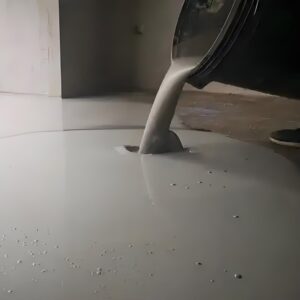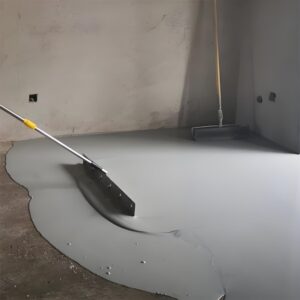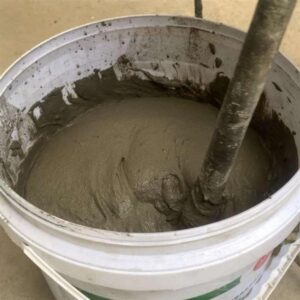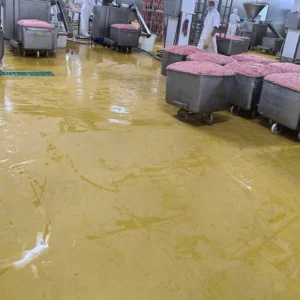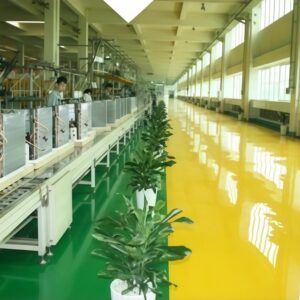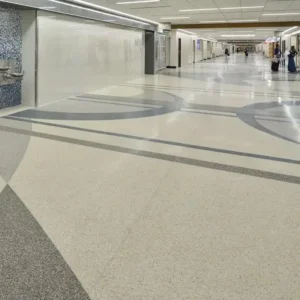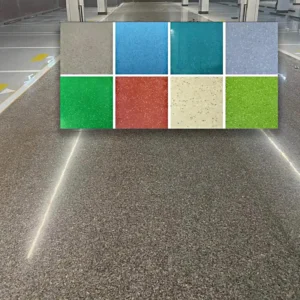Low Temperature Repair Mortar WANSHIELD®
Low-temperature repair mortar has excellent properties such as super early strength, high fluidity, strong bonding, anti-freeze and fast repair cycle.
Description
Product Introduction
WANSHIELD® low temperature repair mortar is made of cement, granular aggregate and necessary admixtures. The product has a reasonably graded dry mix and can be used after adding water and stirring evenly. It has excellent properties such as super early strength, high fluidity, strong bonding, antifreeze and fast repair cycle.
Performance characteristics
1. Low temperature: It can still react with water at extremely low temperatures, and systematically solve the problem of low temperature building floor repair.
2. Early strength: There is no need to stop the production line, the construction efficiency is extremely high, and it can run for as short as 2 hours.
3. Durability: The compressive strength can reach more than 40MPa, which is strong and durable, and has high economic benefits.
4. Environmental protection: No VOC, environmentally friendly, no pollution to the environment, and no toxic and harmful substances.
5. Decorative: It can reflect different colors, and a certain degree of decorativeness can be taken into account while repairing.
Product use
It is widely used in the rapid repair of low temperature building floors such as various cold storages and ski halls.
Performance characteristics
1. Low temperature: It can still react with water at extremely low temperatures, and systematically solve the problem of low temperature building floor repair.
2. Early strength: There is no need to stop the production line, the construction efficiency is extremely high, and it can run for as short as 2 hours.
3. Durability: The compressive strength can reach more than 40MPa, which is strong and durable, and has high economic benefits.
4. Environmental protection: No VOC, environmentally friendly, no pollution to the environment, and no toxic and harmful substances.
5. Decorative: It can reflect different colors, and a certain degree of decorativeness can be taken into account while repairing.
Product use
It is widely used in the rapid repair of low temperature building floors such as various cold storages and ski halls.
1. Physical and Chemical Properties
| Application Location | Model | Compressive Strength (MPa) | Fluidity (mm) | Application Temperature (∘C) | Scope of Application | |||
| 2 hours | 1 day | 3 days | 28 days | |||||
| Floor | Normal Temperature Type | / | ≥30 | ≥40 | ≥45 | ≥270 | 5 - 40 | General floor repair at normal temperature |
| Low-Temperature Type | / | ≥30 | ≥40 | ≥45 | ≥270 | -5~5 | Fresh produce storage warehouses or floors not lower than -5°C | |
| Ultra-Low-Temperature Type | ≥30 | ≥40 | ≥45 | ≥270 | -20~-5 | Cold storage warehouses not lower than -20°C or other floors | ||
| Quick-Freezing Warehouse | ≥20 | ≥30 | ≥40 | ≥45 | ≥270 | -40~-20 | Special for -40°C quick-freezing warehouses | |
| Vertical Surface | Normal Temperature | ≥20 | ≥30 | ≥40 | ≥45 | / | ≥0 | Repair of various damaged walls in low-temperature buildings |
| Negative Temperature | ≥20 | ≥30 | ≥40 | ≥45 | / | -40~0 | Structures | |
The values provided in this document are typical test values. Specific data may vary slightly due to environmental conditions. For our company's products, the listed data has no legal binding force.
2. Construction Method
(1) Substrate Treatment: Conduct vertical cutting around the floor area to be repaired, with the cutting depth the same as the required repair depth.
(2) Surface Cleaning: Then, completely remove the damaged floor. Loose materials, grease, coatings, sealing films, and other contaminants must be removed thoroughly.
(3) Foundation Tamping and Roughening: Loose foundations must be tamped and strengthened, and smooth surfaces should be roughened.
(4) Interface Moistening: Before construction, fully moisten the interface with water (do not moisten the interface under negative temperature conditions), but there should be no standing water (if there is water in the pitted area, absorb the water with a sponge or dry cloth before construction). The repair thickness should be greater than 30mm.
(5) Batching and Mixing: When mixing, add the materials and water in the required proportion. Stir while adding water until the mixture is uniform (no dry powder remaining). The mechanical mixing time should be 2 - 3 minutes, and the manual mixing time should be at least 3 minutes.
(6) Construction and Finishing: Pour the mixed materials into the treated damaged area. The construction process should be compact to minimize construction time. Perform finishing on the material surface before it hardens.
(7) Film Covering for Curing: Since the material's strength increases rapidly, the surface treatment process should be as short as possible. Immediately cover the film for curing after the material has finally set.
(1) Substrate Treatment: Conduct vertical cutting around the floor area to be repaired, with the cutting depth the same as the required repair depth.
(2) Surface Cleaning: Then, completely remove the damaged floor. Loose materials, grease, coatings, sealing films, and other contaminants must be removed thoroughly.
(3) Foundation Tamping and Roughening: Loose foundations must be tamped and strengthened, and smooth surfaces should be roughened.
(4) Interface Moistening: Before construction, fully moisten the interface with water (do not moisten the interface under negative temperature conditions), but there should be no standing water (if there is water in the pitted area, absorb the water with a sponge or dry cloth before construction). The repair thickness should be greater than 30mm.
(5) Batching and Mixing: When mixing, add the materials and water in the required proportion. Stir while adding water until the mixture is uniform (no dry powder remaining). The mechanical mixing time should be 2 - 3 minutes, and the manual mixing time should be at least 3 minutes.
(6) Construction and Finishing: Pour the mixed materials into the treated damaged area. The construction process should be compact to minimize construction time. Perform finishing on the material surface before it hardens.
(7) Film Covering for Curing: Since the material's strength increases rapidly, the surface treatment process should be as short as possible. Immediately cover the film for curing after the material has finally set.
3. Packaging Specifications
Packed in woven bags: 25kg/bag. Different packaging specifications can be provided according to customer requirements.
Packed in woven bags: 25kg/bag. Different packaging specifications can be provided according to customer requirements.
4. Storage, Transportation Conditions and Shelf Life
(1) Storage and Transportation Conditions: The coating should be sealed and stored in a dry, cool, and well - ventilated environment at 5 - 30°C, away from high temperatures and fire sources. During transportation, stack the materials steadily to ensure a dry and enclosed carriage environment, protecting against moisture and freezing.
(2) Shelf Life: From the production date, under the required storage conditions, the shelf life of the product in its original packaging is 6 months.
(1) Storage and Transportation Conditions: The coating should be sealed and stored in a dry, cool, and well - ventilated environment at 5 - 30°C, away from high temperatures and fire sources. During transportation, stack the materials steadily to ensure a dry and enclosed carriage environment, protecting against moisture and freezing.
(2) Shelf Life: From the production date, under the required storage conditions, the shelf life of the product in its original packaging is 6 months.
Wanhua Energy Conservation Technology (Yantai) Co., Ltd.
Contact Address: No. 56 Taiyuan Road, Yantai City, Shandong Province, Wanhua Energy – Saving Technology (Yantai) Co., Ltd.
Contact person: Vivin Yi
WhatsAPP: +86 17761309662
Email: wanhuachemical@outlook.com
Tel: +86 17761309662
Wechat: yivonnie
WhatsAPP: +86 17761309662
Email: wanhuachemical@outlook.com
Tel: +86 17761309662
Wechat: yivonnie




